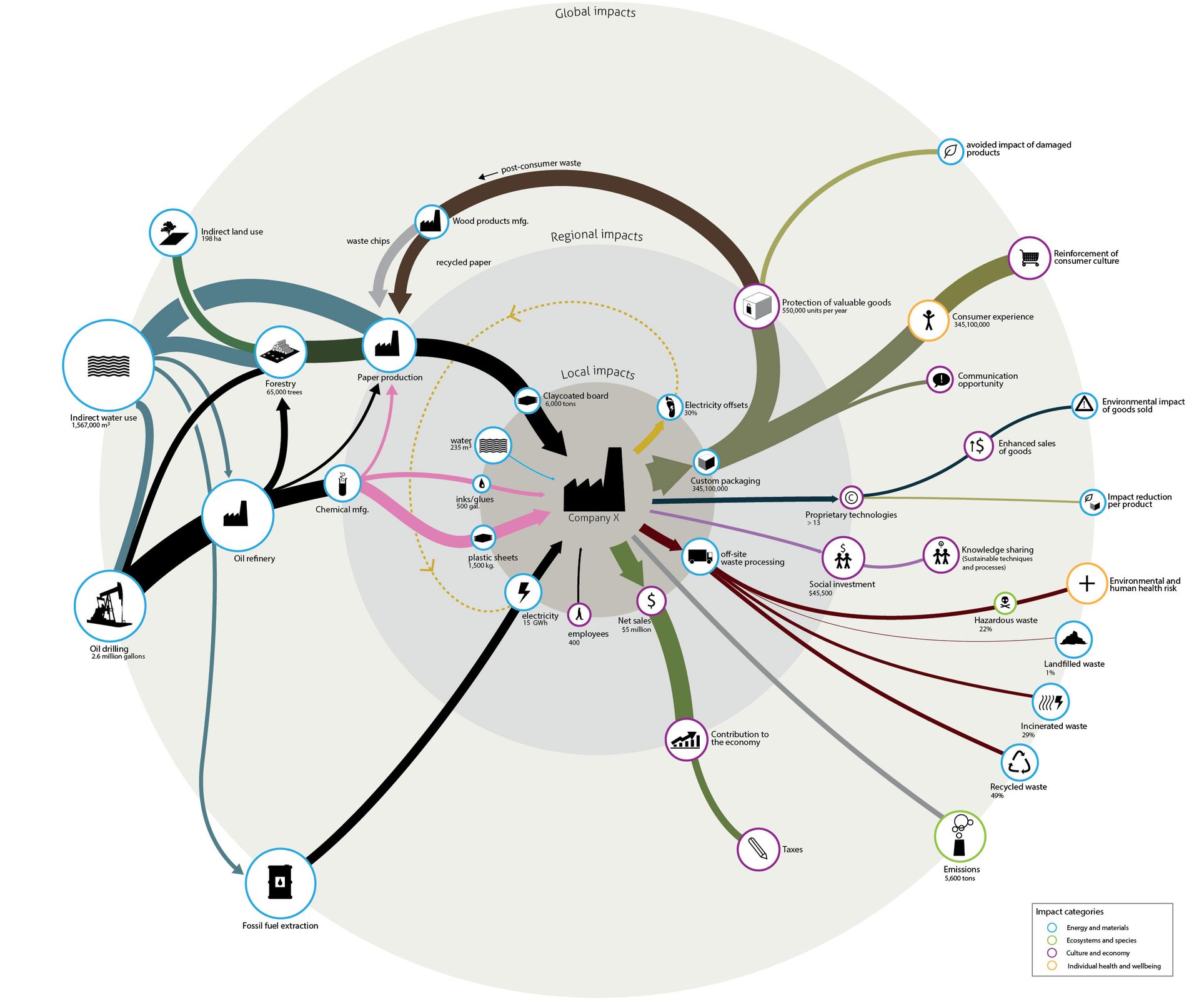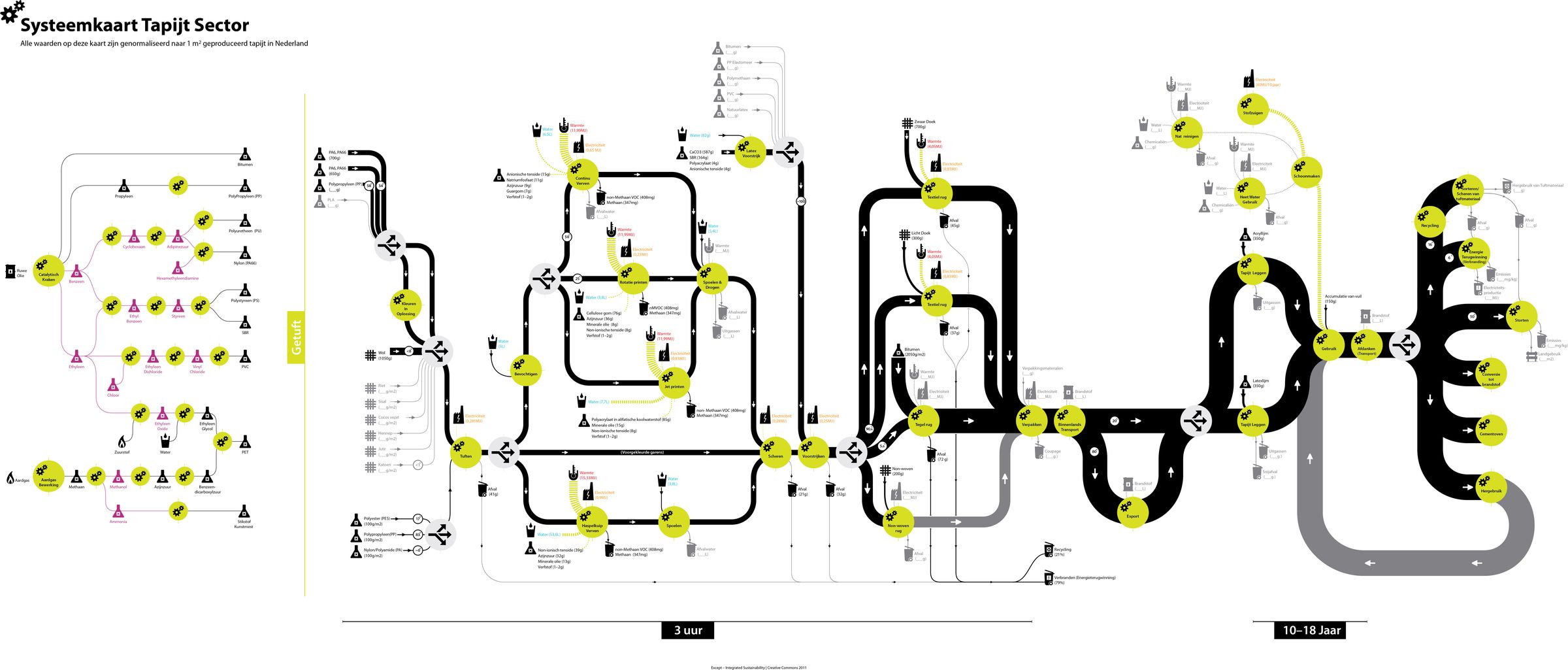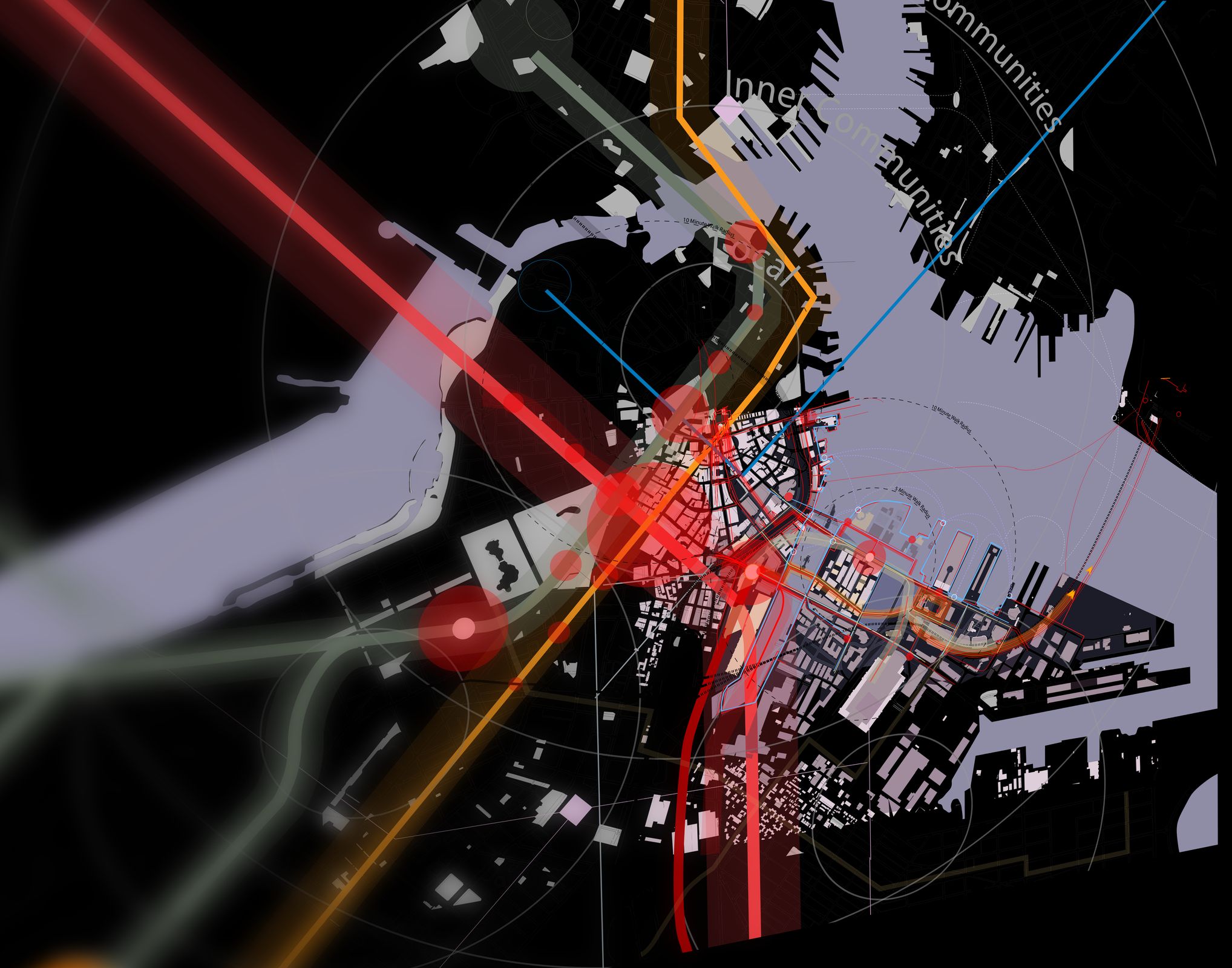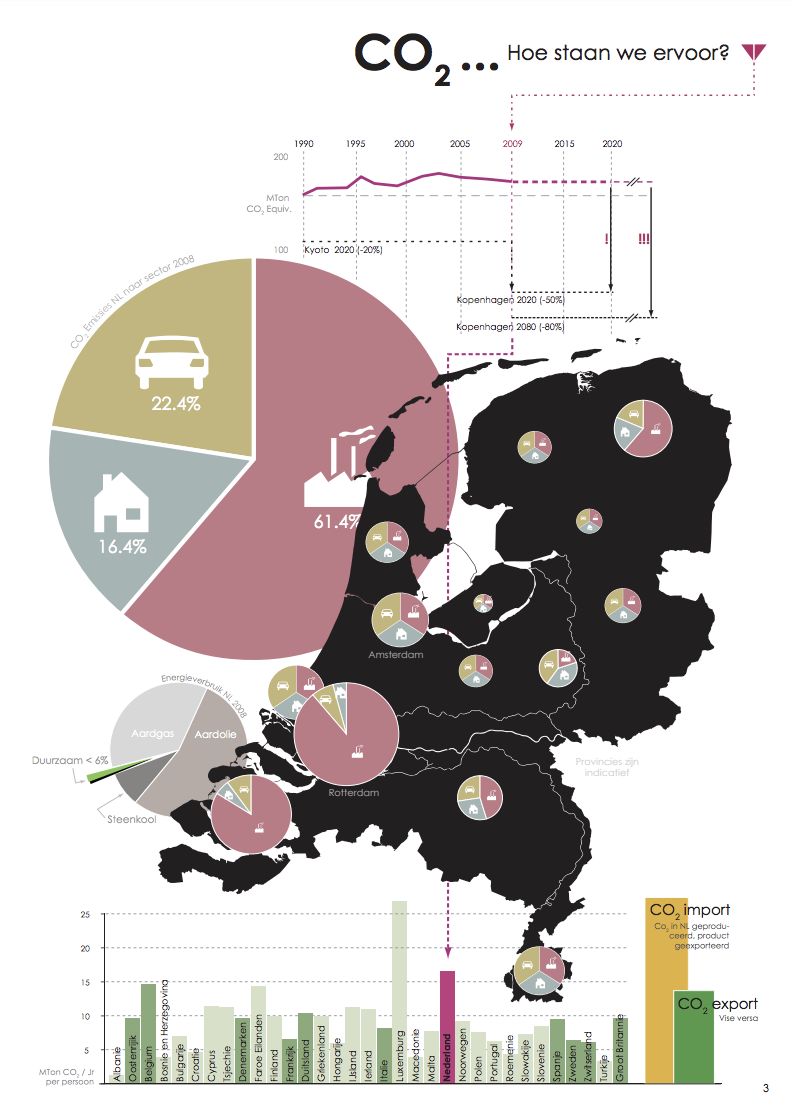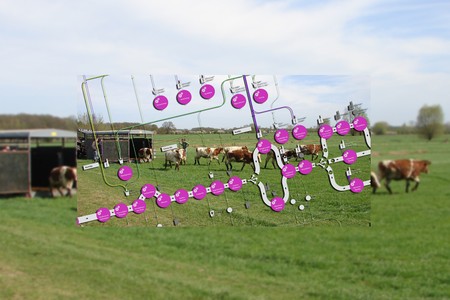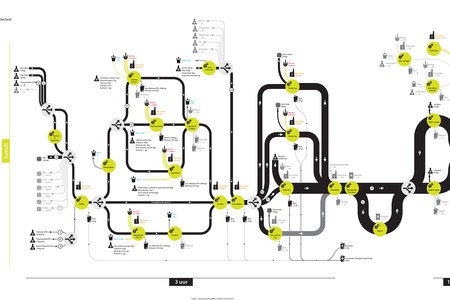Our world is a dynamic and interconnected system made up of countless others that are just as complex. Gaining oversight and insight into a situation, and how it works, is often the first step towards a good solution.
System maps help by visually mapping relations of the particular system under scrutiny, allowing us to grasp complicated industries, networks, policies, or urban developments at a glance. System mapping is a practical and crucial first step when trying to understand and develop a circular economy, optimize a supply chain, and address many other challenges we face with energy and material flows.
When developed in co-creation sessions, system maps also deliver significant advantages for the groups’ decision-making processes, stakeholder involvement, and higher management decision-making. Maps can be created quickly, as an exploration exercise, or be part of comprehensive research, analysis, and strategy trajectory, and can be used as a communication device between stakeholders and the wider public.
Except utilizes a wide variety of methods and tools to develop the right system map for the task at hand. Here are some examples:
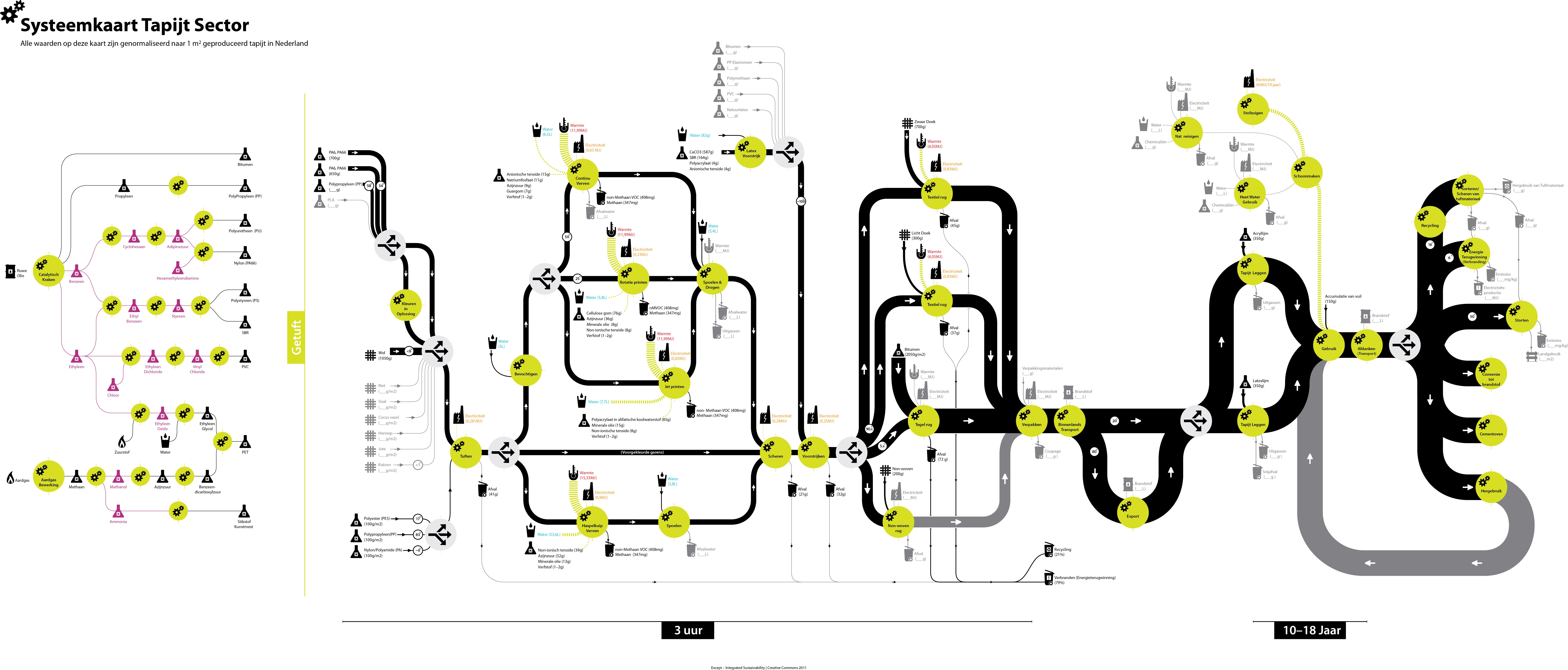
For business and industry
System analysis and mapping are essential for determining long-term strategies for any organization. They assist in giving insight into where the highest costs and impacts of your products and services lie and, therefore, provide detailed insight across entire organizations and supply chains. They form the basis for smart strategies such as industrial symbiosis, co-generation, and supply chain optimization.
With a system map, you can also work quickly across teams, stakeholders, and partners to further the understanding of your industry and find key leverage points for improvement. Rather than wading through thick reports and solitary figures, a single map can provide detailed insight in a short time. This helps communication and knowledge transfer and allows you to quickly recognize critical and strategic leverage points.
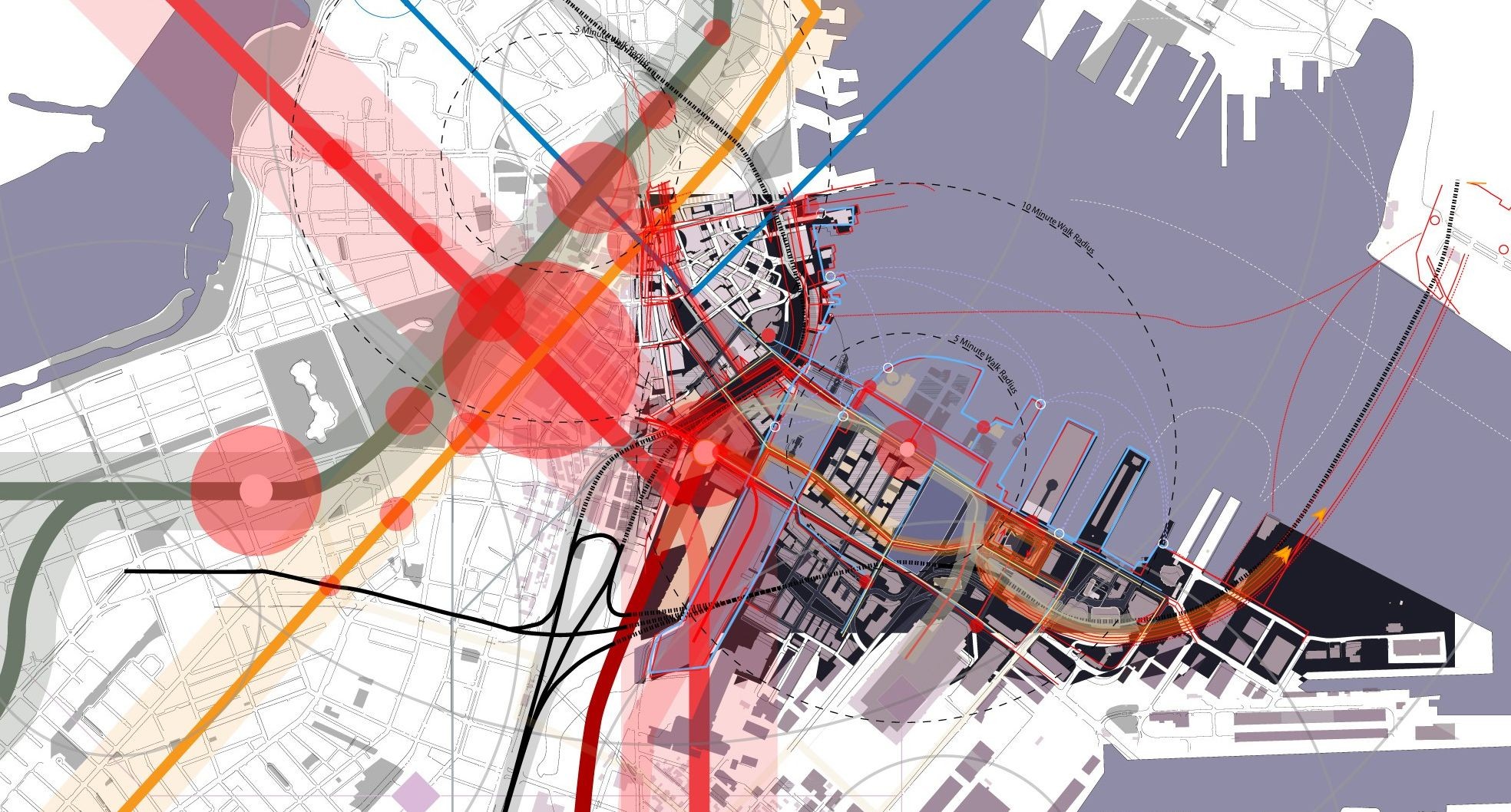
For cities and communities
System maps show how energy, material, people, and financial streams flow through your city. They allow strategic insight into where the most effective measures can be taken to improve local conditions, create circularity, save money, and involve the community. System maps also create an opportunity to work collaboratively with community stakeholders and support group decision-making.
More information
Contact us to see how systems maps can help your organization or project, or use our Online Consulting Service to get advice directly from one of our experts.
Case studies
